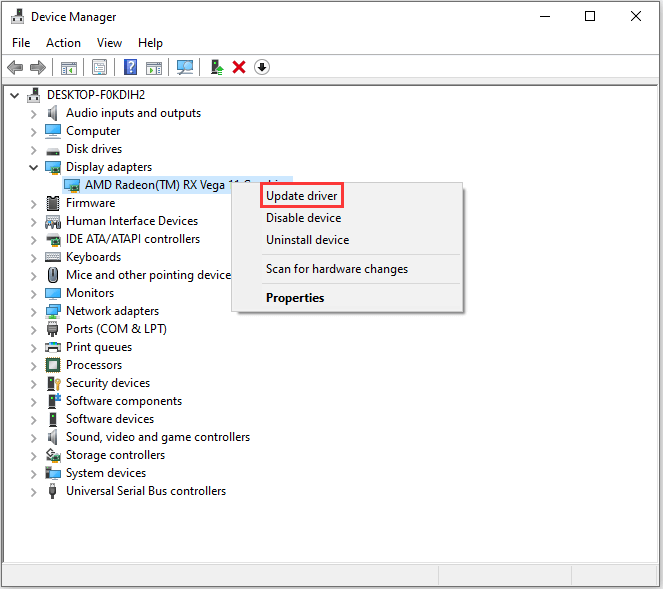


Open the Device Manager and find the card under display adapters.Once the driver is removed follow the following steps. Its recommended to use the AMD Cleanup Utility: h ttps://Or DDU . Uninstall any driver package you may have. Once the extraction is finish, the installer will launch, go ahead and close the installer. You will get full 3d performance out of your card, but you will not be able to monitor or tweak the card with the AMD setting control panel.įirst download and run any AMD driver package, you can download this at Once you run an AMD driver package it will first extract itself, default location is C:\AMD. This allows you to only install a driver. You can either install both kinds of updates or just stick with the Recommended ones.This can come in handy if you think the AMD software might be causing instability of some sort. For instance, AMD might push a launch-day driver update for a specific game to ensure the graphics cards are ready to provide optimal performance.

Optional updates are often game-specific. Second, “Optional” driver updates are ones that AMD releases more frequently than the Recommended updates. The certification ensures that the drivers are ready for mass adoption. After the internal testing, the updates go to Microsoft and receive a Microsoft Windows Hardware Quality Labs (WHQL) certification. AMD tests these updates for bugs and stability. Recommended AMD Driver Updatesįirst, “Recommended” driver updates are the ones that AMD recommends for all users. Different Types of Driver Updates for AMD Graphics Cardsīefore we start to nail down the process of driver updates, take a look at the different types of updates that become available.


 0 kommentar(er)
0 kommentar(er)
